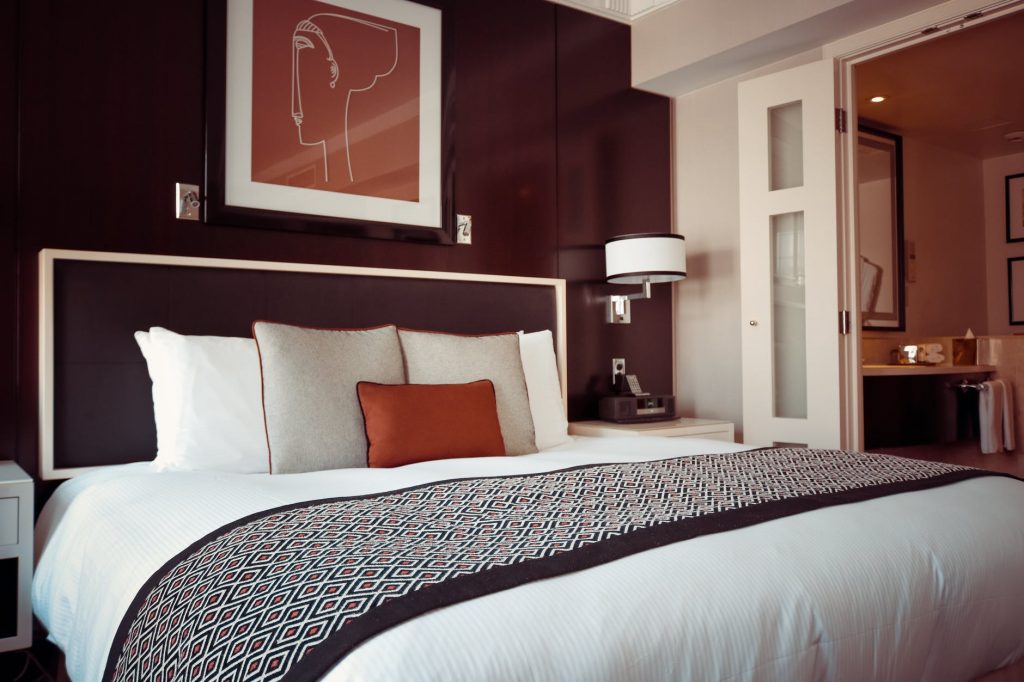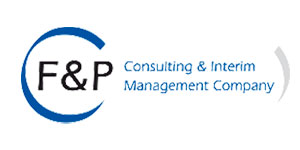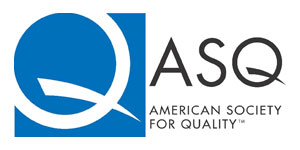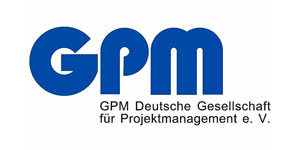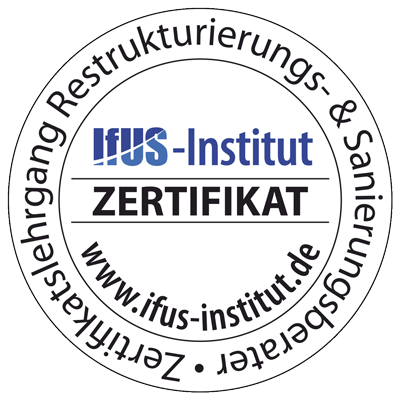It is mid-April 2019 in southern Germany. Early morning. One minute after the morning shower. The fire alarm in the hotel starts. No, it yells! It smells. Not good. Get out, my brain shouts. I am dressed in a towel. Later I find out it is 44° Fahrenheit (6° Celsius) outside temperature. Sunny. But dressed in a towel? Not appropriate for another day of improving processes. I hear sirens screaming.
Let us go back to the year 2012. I was done sleeping and mentally rerunning the preparation of a workshop with key players of a leading company in the oil-and-gas-industry. The staff of the hotel coming to work noticed fire in the building right next to the hotel I was staying. For security reasons the hotel was evacuated. No worries for me, I had everything packed. This incident taught me to prepare. A flash light and the check for the emergency exit became my steady travel companions. Since 2012
Standardization
Therefore, I standardized my hotel routine. The first thing is to check where the emergency exits are. This comes as a now natural habit and I do not really have to remember it. It is there.
Secondly, I have everything prepared for an emergency leave. In mid-April I could jump in my laid out apparel in seconds, take the backpack with my laptop and leave. The bathroom items are always put back in place.
Let me evaluate the latter a little bit more to make a point. I have my shaving stuff, toothbrush and whatever I need in a structured toiletbag made by Reisenthel®. It takes seconds after use to put everything back in place. In this emergency, it took me less than two seconds to throw the bag in my suitcase.
What I am telling you is that I am practicing 5S in my daily life here. The 5S is a sequence of steps:
- Sort (= concentrate on what is needed every day for the bathroom routine)
- Set in Order (= structured bag)
- Shine (= is everything working as a sharp razor vs. almost empty whatever?)
- Standardize (= part of the daily routine)
- Sustain (= have the self-discipline to keep without having someone tell you to do it)
Almost the same approach comes with the rest of my stuff. I put everything back in place. Before I go to sleep. Computer in the backpack, laundry into …, well, you get the point. It is a standard. Which lets me sleep longer in the morning and prevents losing stuff in a hotel.
This standardization pays off. I was ready to leave dressed and packed in no time, used the emergency exit and put everything in my car. With luck, I was in the ground floor, could leave through the patio door and walked to my car. In the case the hotel burned down or could not be used for another night, I was ready to check-in to another hotel without losing sleep over lost things. Finally, I was not the last to leave the hotel and could see the firefighter arrive. However, I was the only one having everything necessary with me.
Continuous Improvement
Looking back and revisiting the situation, I have to improve my standard again. It is the flashlight that makes me thinking. A couple years ago, I replaced the flashlight with my cell phone. Now, there might be a situation coming where I need two hands to climb down a fire ladder. Or the luminous range of a cell phone is not sufficient. In both cases a cell phone light might be worthless. I might just take my headlamps I use for running in darker weather as the light of choice.
Lessons Learned for the Shopfloor or Administration
5S, standardization and continuous improvement are routines we use at the shopfloor or in the administration. I see, especially 5S, used as a tool for a shining facility. Workers or engineers seem not to really like it.
Or they may just not see the benefit of it. It reminds me of my early childhood years when parents told me to clean up the room before … That was unpleasant. Whenever there is a need for an internal audit to see if 5S works, it does not work.
Because all these tools serve a higher goal: a flowing process to provide customer value. You could imagine me running around clueless looking for things to take or dressed in a towel out of the hotel without my car keys or the wallet. Pure waste.
We all know similar situations in companies: Asking around for the solution to unspecified or wrong information. Short emails that leave us in the dark of what is meant to several people in cc. That is the wasteful part. The no-5S-part in daily life. Pretty much the same as looking for tools or trying to gather the right information out of a manufacturing drawing.
Let us go back to focusing on how to create value. The part where we save minutes or hours and the action that flows. Let associates see why we are standardizing processes and let them grasp the value. Do not start with a tool. Start with the WHY-YOU-DO-THIS, the future state to communicate.
In this blog I have used potatoes, elevators, fire alarms or other real-life examples to highlight the point. To educate. To move and to light a fire in associates. To restart motivation to change things for the good. Go ahead and please do not teach tools. It is a systems thinking approach of flowing processes that create value for customers. Teach that. Roll up your sleeves and demonstrate.
Yours,
John

